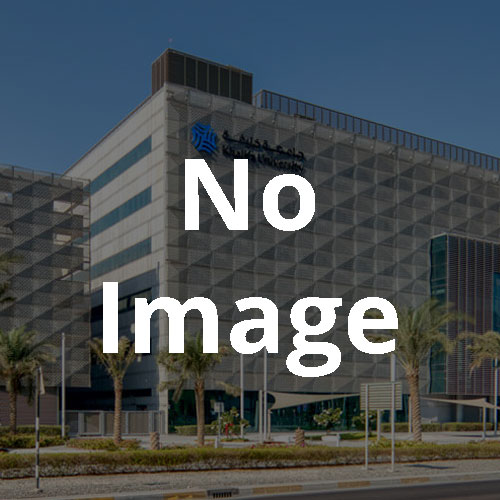
In this project, we develop Photothermal Heavy Metal Removal Devices aiming at bringing unmatched scientific understandings and “know-how” toward the achievement of a reliable industrial wastewater treatment technology that offers; high efficiency, large scalable capacity, and the lowest energy consumption. In addition to being powered by an abundant renewable source of energy, the sun. Additionally, the inherent use of the novel solar absorbing membranes developed in Masdar Institute laboratories enables near 100% device efficiency. The current demonstrated membrane solar absorbance efficiency in our laboratories is 97%, outperforming the state-of-the-art solar energy harvesting technologies (solar cells) that are capped by the Shockley–Queisser ∼ 33% efficiency limit for a single junction.
The research team consists of three professors who demonstrate an in-depth understanding of membrane science and solar energy integration. They will work together with a team of one PhD student and one research associate over a period of 36 months to develop the membranes mentioned above and integrate them in a single device. The work proceeds with fabrication, system testing, and demonstration, concluding with scalability and market feasibility.
Till date, the industrial wastewater treatment technologies that have been proposed in the market did not tap on the usage of solar energy. In this project, we develop solar absorbing membranes that can act as a near black-body object and demonstrate an absorbance of 97%, while at the same time treating wastewater through the pervaporation process. These membranes separate heavy metal ions from wastewater using sunlight only, through a process driven by vapour pressure differences and powered by solar and a nanoscopic phenomenon called capillary pumping. Such a device not only outperforms the existing concepts through integrating solar energy absorbance and wastewater treatment in a single step, but also it raises the thermodynamic energy efficiency limits via a blackbody nanoporous capillary pumping membrane.
The project spans over three years with five interlinked work packages. Fabrication will use state-of-the-art electrospinning technology, composite layering integration, and phase inversion/casting to achieve the most robust and reproducible membranes relying on high caliber analytical assessments that the PI’s laboratory offers. We intend to have a more significant impact on the water-energy nexus across the globe.
